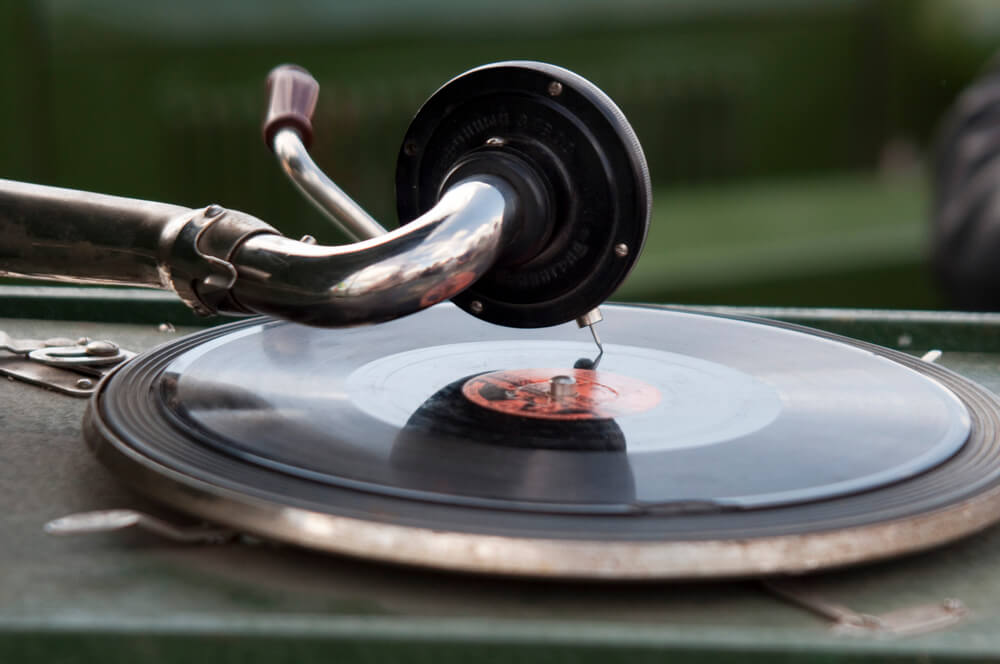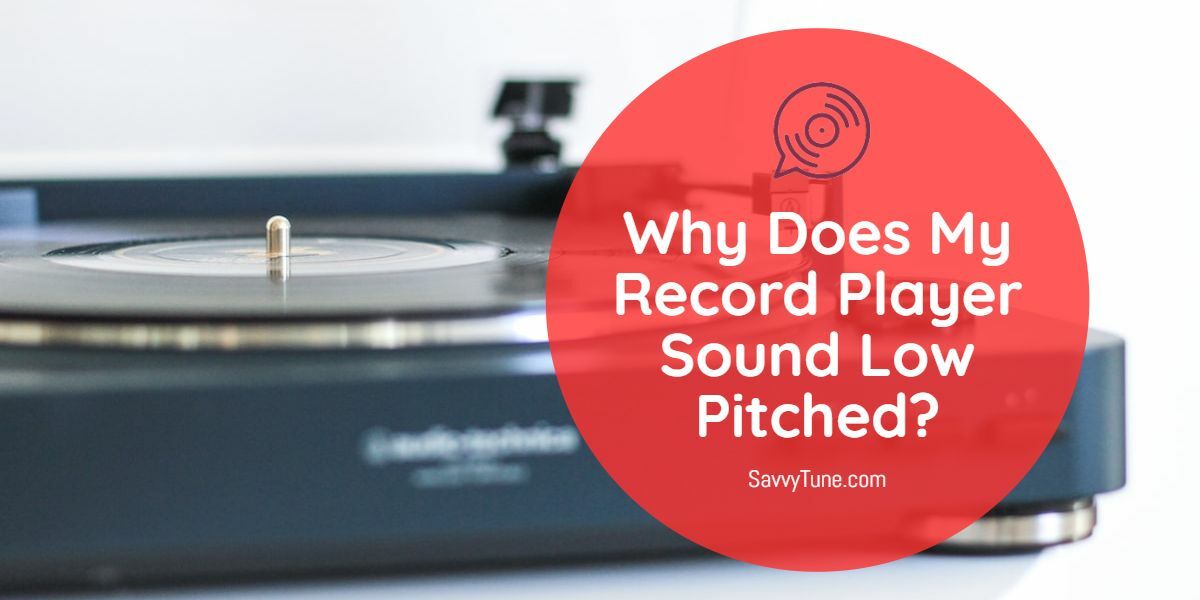Most hardware requires a break-in period. Some technophiles would even claim that PCs need to be burned before use.
Yet, vinyl records are a special case because we all know some old records that sound significantly better than their modern counterparts. This vintage character of vinyl records made me believe they sound better with use, although I had no proof.
So, do vinyl records need to be broken in? Well, it all depends on the condition of those harmonic vinyl grooves. In this article, I’ll share my findings on this serious audiophile concern.
Do Vinyl Records Need to Be Broken In?
Most vinyl records don’t need a break-in period. However, in some cases, vinyl records can sound better after a few plays. For instance, some debris might be stuck in the grooves, so it will loosen up with time. Or the vinyl record might better accommodate the turntable stylus shape after more plays.

When to Break In Vinyl Records?
Some manufacturers claim their vinyl records get polished with use, so they’ll sound better after a few plays.
This is true in some cases, but other vinyl records would give their best performance out of the box. Here are a few instances where vinyl records need to be broken in.
Settled Debris in Vinyl Records
Vinyl record experts recommend you clean your records before you play them every time. When they say every time, they also mean new records out of the sleeve.
The regular cleaning you need to do is only gentle brushing of debris.
However, there might be some particles settled in the grooves during the manufacturing process. This settled debris won’t easily come out with a brush. That’s where the turntable stylus, or needle, comes into play.
The heroic turntable stylus performs a better cleaning job and loosens the debris settled in the grooves.
Generally, vinyl records with dusty grooves need to be broken in. Depending on the amount, the dust can take a few plays to loosen.
Manufacturing Flaws
Some vinyl record labels need to be broken in because of their manufacturing process. Those labels skip the dehorning stage before pressing their stampers. As a result, small vinyl particles are stuck in the grooves.
Again, the turntable stylus makes the best deep cleaning job in this case. It gradually releases the vinyl particles as the record spins. Eventually, the vinyl bits will disappear after you play the record for some time.
Another example of a manufacturing flaw that requires a break in time is what the vinyl community calls pops. You might only become aware of those pops after playing the record. Then, you’ll be able to spot them and remove them.
Stylus Break-In Period
It might not be your vinyl record that needs to be broken in. Instead, the turntable or its stylus might need some time to give the best performance.
This is the case with new hardware. However, even an old turntable stylus might need a break-in period.
If your stylus got worn out with use, you might need to play new vinyl records a few times before they get into perfect tone. After playing the new record for a while, its grooves will deform to accommodate the worn-out stylus.
The problem is, now, this vinyl record will only work well with your worn-out stylus. If you try playing this record with another turntable stylus, it’ll sound like an old, overused record. So, it’s best to fix or change a worn-out stylus as soon as possible.
Do Vinyl Records Deteriorate With Time?
Vinyl records can last a lifetime if you take proper care of them. Still, much depends on the manufacturing technique and the quality of the turntable set.
Related: Do Vinyl Records Scratch Easily?
How to Take Care of New Vinyl Records?
Like I said, not all vinyl records need to be broken in. However, all vinyl records need the following care tips to make them last for years.
Hold Vinyl Records With Care
You should hold a vinyl record from the edge or by the label. Don’t hold it from the playable surface. If so, your fingers will leave oil traces on the record, attracting dust particles.
Clean Vinyl Records

You need to clean vinyl records before you play them. For day-to-day cleaning, use a simple dry carbon fiber brush. Don’t apply too much pressure; just let the bristles smoothly drift on the vinyl surface while it spins.
Additionally, it’s a good practice to deep clean your vinyl records from time to time, especially the older, worn records.
To deep-clean your vinyl records, you can use an over-the-counter cleaning solution. First, wet a microfiber cloth with the cleaning solution. Then, gently wipe the vinyl records in a circular motion, following the direction of the curves. Make sure to let the record dry completely before playing it.
Remove Static Charges on Vinyl Records
A newly purchased vinyl record may sound better with time as it loses static charges. The fact is, vinyl records are made of PVC, which is inherently prone to static charges.
A statically charged record will attract dust like a magnet, so you must regularly neutralize these charges.
The best way to get rid of the static charges is to use an antistatic gun. It’s a bit overpriced, but it does the job right.
Users also read: Do Vinyl Records Fit in Milk Crates?
Clean Turntable Stylus
The turntable stylus makes an excellent cleaning effort as the vinyl records spin underneath. As it frees the records of their burdening debris, it will bear a significant amount of dust that you need to clean.
To clean a stylus tip, use a dedicated, fine stylus brush. Don’t use the large carbon fiber brush you used earlier.
Properly Store Vinyl Records
Storage is critical when it comes to sensitive vinyl records. You want to store them upright and give them room to breathe. Don’t stack them on top of each other because uneven weight can warp the lower vinyl records.
Keep the vinyl records in a paper sleeve away from direct sunlight. Ideally, you should use a plastic outer sleeve to protect the records against dust.

